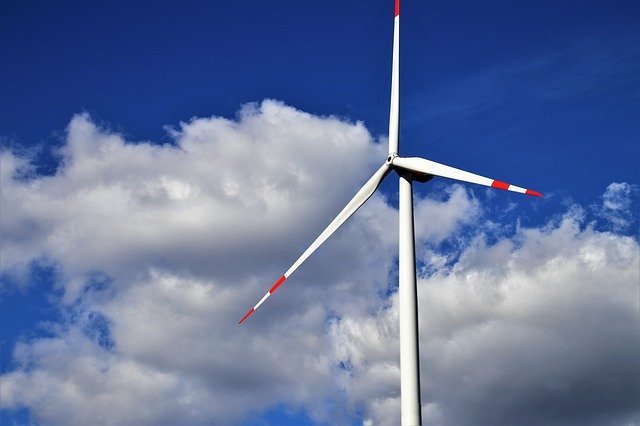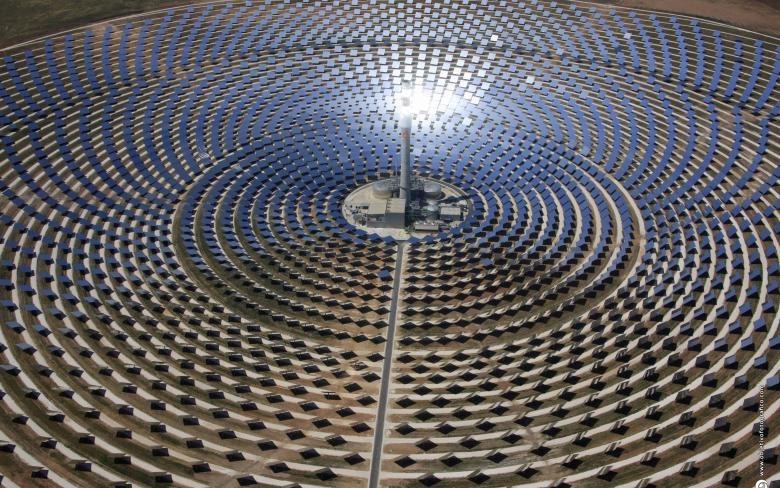Renewable energy

Photovoltaic panels are an affordable and low-emission way to generate clean and sustainable energy that you can use in your home or business. NiComex Project Management offers a specialized team dedicated to the development of clean energy infrastructure and also investing in energy development and resource efficiency, a.o. in Africa. Smarter use of available resources by adopting and implementing technologies that use them efficiently saves and protects the Earth and the environment.
Investing in energy and resources

The development and guarantee of affordable low-carbon, clean and sustainable energy production aims to increase energy security and access to energy for the people of Africa, developing enterprises and industry.
Our goal is to accelerate and increase access to clean energy and to promote resource efficiency, helping to improve the future of whole world, a.o. Africa and its people.
We could power the entire world by harnessing solar energy from just over 1% of the Sahara desert
Total world energy consumption in 2016 (coal + oil + hydropower + nuclear + renewable energy) was 13,000 million tonnes of oil equivalent (13,000 MTOE) – [see World Energy Consumption & Stats]. This translates to 17.3 TW (terawatts) of continuous power over a year. If we cover an area of 335 kilometers by 335 kilometers with solar panels, it will provide over 17.4 TW of power. This area covers an area of 112.2250 square kilometers. The Great Sahara Desert in Africa covers 9.1 million square kilometers and is a great place to set up solar farms (more than 12 hours of sunshine a day). Only 1.2% of the Sahara desert is sufficient to cover all the world’s energy needs from solar energy.
Electricity generation infrastructures based on commercially proven clean technologies include renewable energy (wind, solar, geothermal, hydropower) and sustainable energy (biomass, biogas and cogeneration) and the value chains supporting them. It does not include natural gas and primary fossil fuels such as coal and crude oil, and also coal as a fuel source. Smarter use of resources by adopting and deploying efficient technologies by enterprises, their products and / or services results in “doing more for less” and thus contributes to easing the pressure on African natural resource bases.
Photovoltaic power plants
Photovoltaic power plants: we are interested in building power plants from 5 MW to 50 MW, generally in a grid configuration. Under special conditions, it may also be an off-grid solution.

Wind farms
Wind farms can be implemented by us in the standard technology of windmills generating energy. In this case it is very important that the wind conditions (feasibility study) in the area are known before starting the investment. The generated power should be between 5 MW and 25 MW.

Hydro power stations
Hydro power stations will be implemented by us in the run-of-river technology, not in the form of a dam on the river. This technology is much more environmentally friendly! The size and power depend on the specific conditions in the region where the plant will be built, but the minimum is 7.5 MW for one location.

CSP Systems (Concentrating Solar Power Plant)
CSP systems generate electricity using steam powered turbines. However, pure solar radiation is used to produce heat rather than fossil fuels or nuclear energy. In CSP systems solar radiation is reflected in parabolic mirrors and concentrated on the energy receiver. CSP systems are capable of storing energy using thermal energy storage (TES) technology and using it during periods of low or no sunshine, such as cloudy days or at night, to generate electricity. CSP systems can produce excess energy during the day and store it for use at night, so the energy storage capacity can not only improve financial performance, but also solar energy availability and flexibility in the grid.
